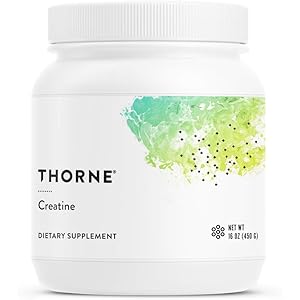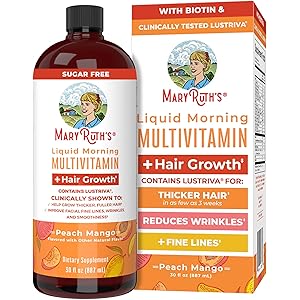THORNE Creatine - Micronized Creatine Monohydrate Powder - Support for Muscles & Cognitive Function* - for Women & Men - Unflavored - NSF Certified for Sport - 5 g per Serving - 90 Servings
$43.00 (as of October 11, 2025 23:38 GMT +00:00 - More infoProduct prices and availability are accurate as of the date/time indicated and are subject to change. Any price and availability information displayed on [relevant Amazon Site(s), as applicable] at the time of purchase will apply to the purchase of this product.)Nutrient-Nutrient Interactions: An Overview
Nutrient-nutrient interactions refer to the complex relationships between various nutrients within the body, influencing their absorption, metabolism, and overall efficacy. These interactions can either enhance or inhibit the bioavailability of essential vitamins and minerals, playing a crucial role in nutritional science. Understanding these dynamics is vital for optimizing dietary intake and ensuring that individuals receive the maximum benefits from their food sources.
Synergistic Interactions
One of the most fascinating aspects of nutrient-nutrient interactions is the synergistic effect, where the presence of one nutrient enhances the absorption or function of another. For example, vitamin C significantly boosts the absorption of non-heme iron, which is primarily found in plant-based foods. This interaction is particularly important for individuals following vegetarian or vegan diets, as it helps to prevent iron deficiency anemia by maximizing iron uptake from dietary sources.
Antagonistic Interactions
Conversely, some nutrient-nutrient interactions can be antagonistic, where one nutrient inhibits the absorption or utilization of another. A classic example is the relationship between calcium and magnesium. High levels of calcium can interfere with magnesium absorption, potentially leading to deficiencies if not balanced appropriately. Understanding these antagonistic interactions is essential for developing effective dietary strategies that promote optimal nutrient balance.
Impact of Nutrient Ratios
The ratios of certain nutrients can also significantly influence their interactions. For instance, the balance between omega-3 and omega-6 fatty acids is crucial for maintaining overall health. An imbalance, often seen in modern diets, can lead to inflammation and various chronic diseases. Therefore, it is essential to consider not just the presence of individual nutrients but also their ratios to ensure a harmonious dietary intake.
Role of Phytochemicals
Phytochemicals, naturally occurring compounds found in plants, can also play a significant role in nutrient-nutrient interactions. For example, certain phytochemicals can enhance the bioavailability of minerals like zinc and iron. Additionally, they may have protective effects against oxidative stress, further supporting the body’s nutrient utilization. Incorporating a variety of colorful fruits and vegetables into the diet can help maximize these beneficial interactions.
Influence of Cooking Methods
The way food is prepared can dramatically affect nutrient-nutrient interactions. Cooking methods such as steaming, boiling, or frying can alter the bioavailability of certain nutrients. For instance, boiling vegetables may lead to the leaching of water-soluble vitamins, while steaming can help retain these nutrients. Understanding how cooking methods impact nutrient interactions can guide individuals in making healthier food choices.
Gut Health and Nutrient Absorption
Gut health plays a pivotal role in nutrient-nutrient interactions, as a healthy gut microbiome can enhance the absorption of various nutrients. Probiotics and prebiotics can support the growth of beneficial gut bacteria, which in turn can improve the bioavailability of vitamins and minerals. A diet rich in fiber, fermented foods, and diverse plant-based sources can promote a healthy gut environment, optimizing nutrient interactions.
Age and Nutrient Requirements
Age is another critical factor influencing nutrient-nutrient interactions. As individuals age, their nutrient needs change, and the efficiency of nutrient absorption may decline. For example, older adults often require higher levels of vitamin D and calcium to maintain bone health. Understanding these age-related changes can help tailor dietary recommendations to ensure that nutrient interactions remain beneficial throughout the lifespan.
Personalized Nutrition
With the rise of personalized nutrition, understanding nutrient-nutrient interactions has become increasingly important. Tailoring dietary recommendations based on individual health status, genetic predispositions, and lifestyle factors can optimize nutrient absorption and utilization. This approach not only enhances overall health but also minimizes the risk of nutrient deficiencies and imbalances.
Conclusion
In summary, nutrient-nutrient interactions are a vital aspect of nutrition that can significantly impact health and well-being. By understanding these interactions, individuals can make informed dietary choices that promote optimal nutrient absorption and overall health. Whether through synergistic effects, antagonistic relationships, or the influence of cooking methods, the interplay between nutrients is a fascinating area of study that continues to evolve.


